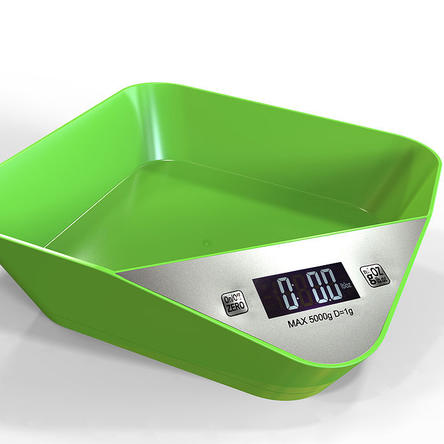You are here
Introduction:
Orientation is one of the design factors that should be considered early in the design process because the building’s orientation to the sun has a considerable impact on the building’s heating and cooling loads. You can use Insight to rapidly explore the effect of rotating a building’s orientation on the site and see the impact on the predicted building performance.
Finding the best building orientation is a powerful passive design strategy for improving the building’s performance by maximizing the positive effect of solar radiation on the building’s heating and cooling loads as well as the photovoltaic potential of roof surfaces.
This video shows the workflow for editing the building’s orientation and evaluating its impact on the building’s energy performance.
Workflow Steps:
Open the Model
- Open the Classroom-No Shades Revit model.
View Insight Results for the Model
- If needed, generate insights for this model
- Click the Analyze tab and click Generate insights.
- Click Optimize to access the results.
Save Baseline Assumptions as a Scenario
- Select and open a project to set the baseline settings.
- Set a range or value for the following Factors:
- Operating Schedule: 12/6
- Lighting Efficiency: 0.7 – 0.3 W/sf
- Plug Loads Efficiency: 0.6 W/sf
- Select the Add Scenario button at the top right of the model viewer.
- Click the action button (the three dots to the right of the Untitled Scenario name), then choose Rename from the pop-up menu to change the name of this scenario.
- Set the name of this scenario to Baseline Scenario.
View the Potential Effect of Building Orientation
- Scroll down the Insight interface to view the Building Orientation factor.
- Note the range of values being considered in the current settings.
- Click the factor to edit the settings for Building Orientation
- Hover the pointer over each of the points representing an option for building orientation to see the effect on the EUI mean (or Annual Cost mean) associated with that option.
The As-Modeled value is labeled as BIM and is displayed with a triangular marker. Each of the other options displays the potential change in the EUI mean (or Annual Cost mean) associated with choosing that option.
The drag handles at the bottom of the graph and the blue shading indicate the range of options currently being considered in the analysis.
Select the Range of Values to be Considered for the Building Orientation factor
- First, select a rotation of 90 degrees.
- Drag the handles at the left and right ends of the factor range to select the options to be considered in the analysis.
- Note the impact of the EUI mean (or Annual Cost mean).
- Second, set the range to the BIM As-Modeled value.
- Note how the EUI mean (or Annual Cost mean) changes to reflect the new range of values selected for this factor.
- Also, note how your EUI mean (or Annual Cost mean) compares to the ASHRAE 90.1 and Architecture 2030 baselines following this change.
Exercise:
In this exercise, you are going to use the workflow that was shown to you in the previous video (Exploring Impact of Orientation Video) to understand how massing and orientation influences the building’s energy performance. We will walk you through changing some of the settings, then ask you a few questions about the results and what they mean.
Follow the steps outlined below:
- Open the Audubon-Site model in Revit
- Open the Location tool and set Project Location
- Change Project Address to Columbus, OH
- Select Weather Station 42407
- Create the Energy Model.
- Generate insight and then, click Optimize to view the results.
- Save a Baseline scenario of the current model
- Set a range or value for the following factors:
- Operating Schedule: 12/6
- Lighting Efficiency: 0.7 W/sf - 0.3 W/sf
- Plug Load Efficiency: 0.6 W/sf
- Save this scenario and rename it as Baseline
- Set a range or value for the following factors:
- Explore the impact of a 45-degree rotation
- Open the Building Orientation factor
- Narrow the range to select only the 45 option
- Note the change in the EUI mean (or Annual Cost)
- Close the Building Orientation factor and save this results as scenario name 45_degrees
- Explore the impact of a 180-degree rotation
- Open the Building Orientation factor
- Narrow the range to select only the 180 option
- Note the change in the EUI mean (or Annual Cost)
- Close the Building Orientation factor and save this results as scenario name 180_degrees
- Compare the results of these scenarios
- Click the Scenario compare button above the model viewer.
- Review the results of the different scenarios by comparing the heights of the bars in the Scenario Comparison window.
- Hover over individual bars in the graph to view the name and EUI mean (or Annual Cost) for each scenario in the comparison.

